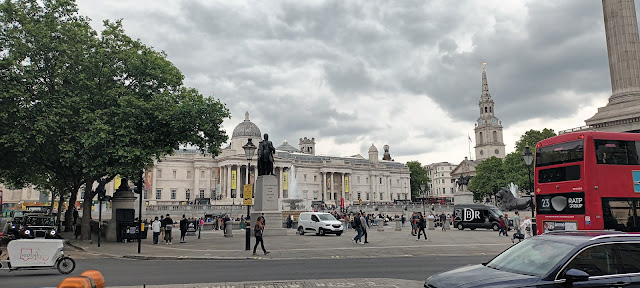(Links to all parts of the series are at the end of this post.)
June 12, Wednesday
Around 50 years ago. Those were the days of valve radio sets. We had one at home. An HMV radio.
Though my father was a chemistry teacher, he had a deep interest in history and current affairs, and he would regularly listen to news bulletins and other programmes.
I was in school at the time, and I was fascinated by this large device sitting on a shelf that allowed us to hear voices and music from far and wide.
My curiosity wasn’t so much about the radio itself but about the world it brought into our home, from local happenings to global events. A few years later, the smaller transistor radios arrived.
Among all the stations I listened to, the BBC World Service stood out. It made a lasting impression on me, and even now, I still listen to it. Unlike in the past, though, when I miss a live broadcast, I can catch it later as a podcast.
My conscious decision to choose journalism as a career was in no small way shaped by the BBC, and it was a childhood dream to visit the radio station.
Today was that day.
After a morning walking tour of London, we took the tube from Green Park to Oxford Circus. Just 500 metres ahead was the iconic Broadcasting House.
I had finally made it to the BBC. While I would have loved to see Bush House, the former home of the BBC World Service until 2012, time was short. We only had an hour to spare.This was also an occasion for me to meet a journalist who works there whom I have known for a few years. Despite having a recording scheduled for later in the afternoon, he had done his prep work ahead of time and took a break to show me around. I was so grateful for his kindness.
Even though I’ve spent 37 years in the newsroom, stepping into the BBC felt different.
It was about reconnecting with those early days when I would listen to the World Service, an association that sparked my passion for current affairs and, ultimately, journalism.
I didn’t want to leave. But time was running out.
(To be continued)
Links to all the posts in the series
01 - Departure (June 05, Wednesday)
02 - Dockwray Square, Tynemouth (June 06, Thursday)
03 - Cresswell Pele Tower (June 07, Friday)
04 - Howick Hall Gardens & Arboretum (June 07, Friday)
05 - Boulmer Beach, Zamorins (June 07, Friday)
06 - Beamish Museum (June 08, Saturday)
07 - The Holy Island of Lindisfarne (June 09, Sunday)
08 - Linhope Spout Waterfall (June 10, Monday)
09 - London, Wanstead (June 11, Tuesday)
10 - London City (June 12, Tuesday)
11 - BBC (June 12, Tuesday)












